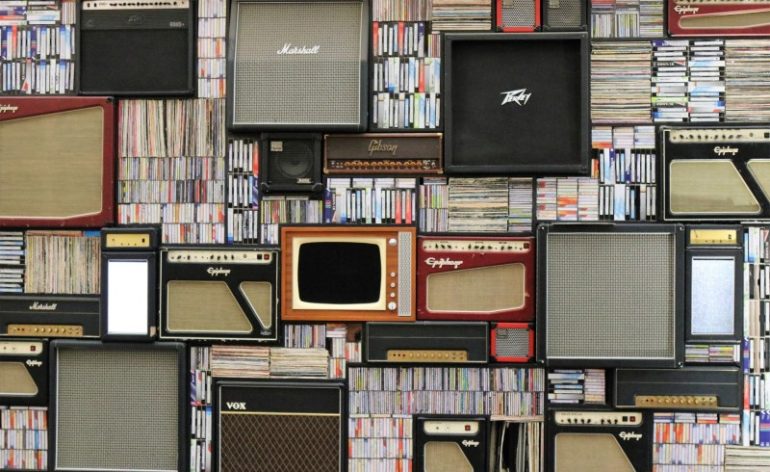What Used Home Theater Gear Should You Buy (And What You Should Avoid)
So let’s face facts. Of all the hobbies you could have chosen, home theater is one of the more complex. You can quickly go down any number of rabbit holes, and it’s easy to become overwhelmed with analysis paralysis when selecting components. Oh, and let’s not forget how expensive it can be! You can very easily spend thousands of dollars in the blink of an eye or the swipe of a card! But unless you have unlimited funds, many of us need to compromise on certain aspects of our setup to get it all.
But what if you are interested in going used? As many of you know, I am a bit of an expert on used gear. I am very comfortable recommending that you stretch your dollar by choosing used equipment. I have written articles on the best way to shop for used gear, but let’s look at this more generally. What used home theater gear should you buy, and what should you avoid?
Skip!
The main reasons to skip certain gear vary. Some of these become obsolete almost immediately, others are very hard to determine if they are damaged. While you could buy some of these pieces of home theater gear, for the most part I’d recommend you avoid them.
Home Theater in a Box (HTiB) Systems
Ok. So I will admit that I have owned an HTiB. It was a dark time in my AV Enthusiast journey, and I was on a severe budget. Generally, the issue with HTiB systems is that you can’t upgrade them. My particular system was a DVD system. Once Blu-ray was the standard, it was useless. The system’s guts are DVD, and the speakers were low impedance and propriety. Even if I wanted to keep them, it wasn’t compatible with any other gear because of the connectors.
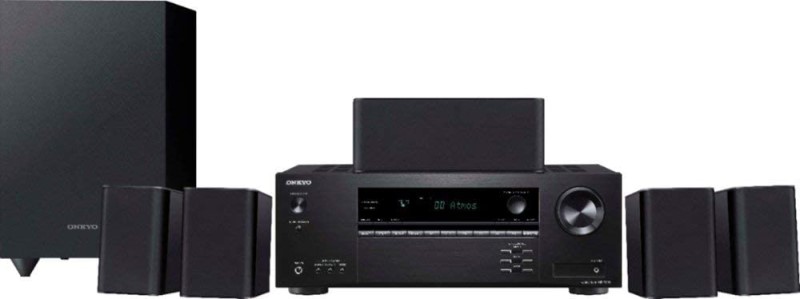
Sure. I could cut the connectors off and hook it to a modern AV receiver but they were 3ohm speakers that are low quality. They weren’t worth the effort to keep. Plus, they were so hard to drive. Chances were that I wouldn’t get the performance I needed or wanted. Instead, I recommend you save yourself some cash and get proper speakers and an AV receiver. Even the cheapest speakers on Amazon are (generally) better quality than what you will get with an HTiB, and you can reuse them.
Editor’s Note: There are HTiB systems that have full-featured AV receivers and normal connectors (like the Onkyo set pictured above). If you are going to buy a HTiB system, these are the ones you should look at. That said, the receivers are very basic and the speakers are of the lowest quality. If you are looking at one of these systems used, they better be basically free. They really aren’t worth any money.
Projector Screens
I don’t have an issue with you buying a used home theater projector (spoiler alert). But for the most part, separate screens are a skip. Most people who upgrade projectors will also upgrade their screens. They will then sell their old screen with their projector as a kit.
The big issue is that used screens are hard to judge. You need to project an image on them in a dark room. Even if you have that luxury, it can be nearly impossible to discern minor waves or defects. Often, it takes time to notice a problem with a used projector screen. Imagine the nightmare if you get a used screen with a tear or a defect! Modern screens aren’t expensive, and it’s worth getting a perfect one with a warranty.
If you want to get one for outside theater nights, or you really don’t care about it being perfect, go ahead. But from experience, it’s challenging to find a perfect screen for your home theater. Buy new is our suggestion.
Maybe
Buying used home theater gear can be a crapshoot, which is why there are lots of gear you should avoid. But these next products can be had at a good deal used. But you need to shop carefully. We highly recommend you test out these electronics before you hand over your hard-earned money.
Cables
So I am very upfront that I think that premium cables are snake oil. Even if you get premium cables at a massive discount, they are probably overpriced. When I buy used speakers, the cables generally come with the other item I’m buying for free. So if you want to buy some upscale used speaker wires because you like their look, and they are cheap, go ahead. But understand that they do nothing! Buying used cables for aesthetic reasons can save you some money. Just do your research and make sure they aren’t hurting your sound!
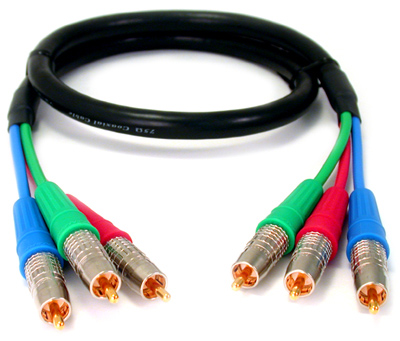
Blu-ray Players
So I have a very high-quality Pioneer Elite DVD player. In its day, it was well over $1000. But it can’t hold a candle, image-wise, to the most inexpensive blu-ray player on Amazon. That’s the issue with old tech. It’s old. But if you have an extensive collection of Blu-ray discs, I recommend you purchase a quality blu-ray player. A quality used Blu-ray player will still be a quality player, and it will outdo a cheap Blu-ray player. But again, don’t pay a ton for old tech. I see lots of people selling an older player for near-new prices. That’s a hard pass. Also, make sure you test it out first. Blu-ray players fail all the time. Don’t be suckered into buying a lemon.
Projectors
I often see lots of older high-end projectors for sale. People will pass them by because they want the latest 4k projectors. But let’s be honest, very high-end 1080p projectors will still keep up with an entry to mid-tier 4k “wobble k” projector. A decent 4k projector starts at $4k or more. An excellent used 1080p projector will still look amazing in your setup. But the chances are that you will need to buy a new bulb. If you get one for a reasonable price, and all you have to do is replace a bulb, you will be able to use it for years to come. Again, test it out. We recommend projecting a black image in a dark room. Look for any green “blobs” on the screen. You’ll want to test some content as well to ensure that there are no color issues.

AV Receivers
Luckily, people want the biggest and best and will sell their perfectly good AV receiver because they want a feature they really can’t use. For example, I have a Denon x3600, and it’s not 4k/120 compatible. If I wanted to get a modern receiver with HDMI 2.1 (or the new HDMI 2.1a), I would have had to settle for a single port and an external box to get three 4k/120 ports.
Consider what you need vs what you want. If the used AV receiver will do what you need, go for it. I would pass on something that doesn’t have basic HDMI and room correction functionality. But if it does 90% of what I need out of the box, and it’s reasonably priced, I would go for it.
TV’s
TV’s are something that I am very cautious about. With all of the technology and circuit boards inside a modern TV, repairs are generally not cost-effective. This is not to say that you shouldn’t buy a used TV. But I think you need to do your homework and examine it closely before laying your cash on the table.
Before you go to look at the panel, do some basic research. First and foremost, get the model number. With this, you should get the basics on manufacture date, the type of backlight (edge-lit vs FALD), and any other helpful info. Lookup known issues for that particular model year. For example, early OLED panels were prone to burn-in, so you need to test for that.
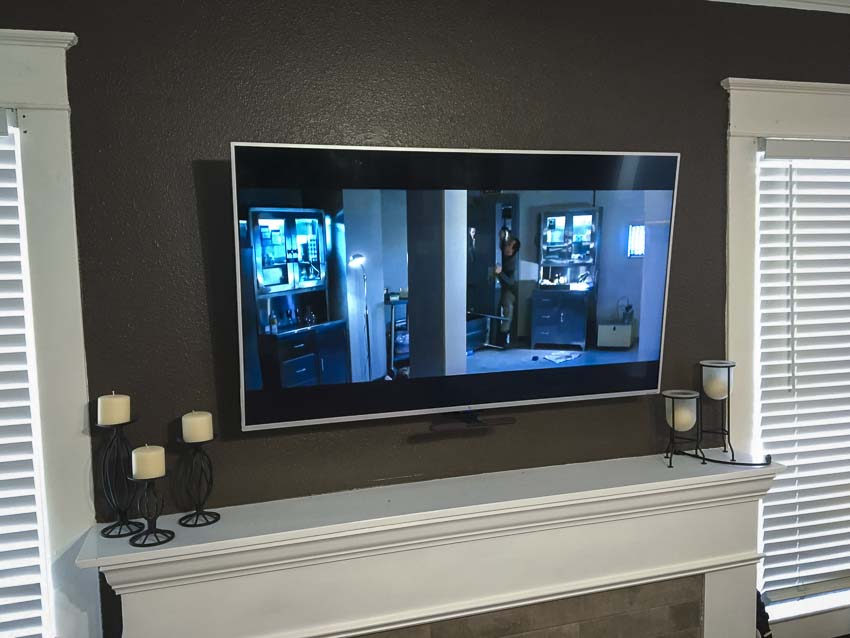
With the power off, take a look at the overall screen. Is it clean? Does it have any scratches? Any telltale fingerprints from curious little ones? Are there any bends or warps in the screen or any obvious deformations? These defects are always easier to see when the screen is off.
Once you turn on the screen, look for any obvious light bleed. Light bleed is most noticeable with edge-lit panels. It will look just like it sounds, with light bleeding from the edges and washed-out colors. Again, look at the screen for any deformations or hot spots. I also will try and play content that will show a solid grey background to look for screen uniformity. Lastly, look for any dead or stuck pixels (a full white image will help with this). If they are in a very noticeable spot, I will pass. But if they are on the edges or near the top, it might be worth trying to negotiate the price down a bit.
When it does come time to transport it, go to your local U-Haul and spend a couple of bucks on a shopping box made for TVs (unless they kept the box). The box will help you pack up your TV and protect it from the rigors of moving it. And make sure that if it was wall-mounted, you get the feet or stand and all the mounting hardware it came with. Finding exact aftermarket matches can be a real pain!
Go For It!!
While we aren’t saying you can definitely buy these pieces of home theater gear used sight unseen, you certainly don’t need to avoid them. These are products that age well, don’t break often, and are easy to test if there is a problem.
Speakers
So if you have read my articles, you know I am all about getting a deal on used speakers. Speakers “don’t go bad” if they are taken care of, and the technology hasn’t changed dramatically. This means that a good speaker is a good speaker. And on top of that, they can generally be bought at less than 50% of MSRP.
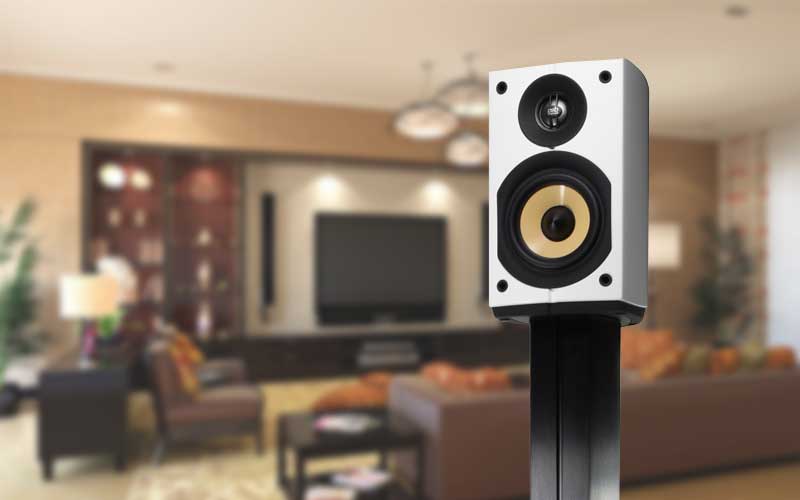
Of course, you need to do your due diligence and look at the speaker for any damage. I also recommend listening to a speaker before you commit. I have bought dozens of speakers without listening to them, and I have yet to get scammed. But… don’t be like me. Bring some music (or preferably some sweeps) and spend a few minutes getting to know your potential purchase.
Subwoofers
Just like speakers, a good subwoofer is a good subwoofer. Case in point, I purchased a 20-year-old subwoofer. I used it for three years and sold it. It is still being enjoyed by the new owner today. So, I have zero issues recommending that someone purchase a used subwoofer. The same rules for used speakers apply.
Here are a few things that I have looked for in used subs. Check the gain knob! If they have sub gain knob cranked to 11, chances are they may like their bass hot. That’s not a deal-breaker on an SVS sub with DSP built in that protects the speaker. But it could mean they drove the sub hard. Just look at the surround and watch the driver move. Does it still look tight and punchy? Or is the surround about to give up the ghost?
Secondly, listen for rattles. Rattles are bad for subwoofers. But, look for signs of kids as well. I have pulled tons of toys out of the ports of my subwoofers over the years. Sometimes a rattle is just a car toy that little hands put there.
Amps
So there are some legitimate reasons you may want to add an amp. If you need to power more speakers than your AV receiver has amps, you need one. Or, if you’re going to get it because you think your speakers will sound better, or your receiver will run cooler, well, I have some bad news for you. In any case, used amps are generally a safe bet. They are designed to run for long periods of time, usually are passively cooled, and are built like tanks.
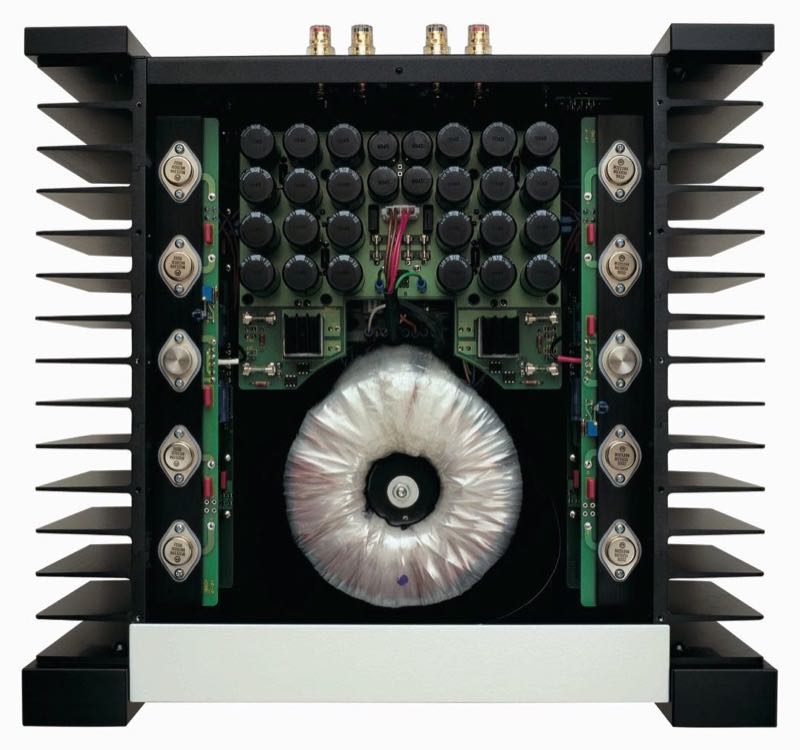
Here is the good part, testing them is pretty simple. Amps usually work or they don’t. Turn it on and listen to ensure that nothing is continually humming or making noise. Check for any odor of burning electronics. If it’s old and dusty, you may smell some dust burning off, but that usually ends quickly. Then plug in some speakers and test. Some amps have gain knobs. If they do, turn them and make sure you don’t hear static or crackling as they move. In the end, if the speakers make noise, they work. Amps really aren’t that complicated.
Our Take
I think it’s obvious that I don’t think you need to avoid buying used home theater gear IF you do your homework first. Used allows you to stretch your budget further. As with anything, it can be risky. There is no warranty and no recourse if you get scammed. So my advice? Do some research, be observant and carefully look over the gear, and do a throughout test before you buy. You can certainly find some great deals out there. Happy shopping!

